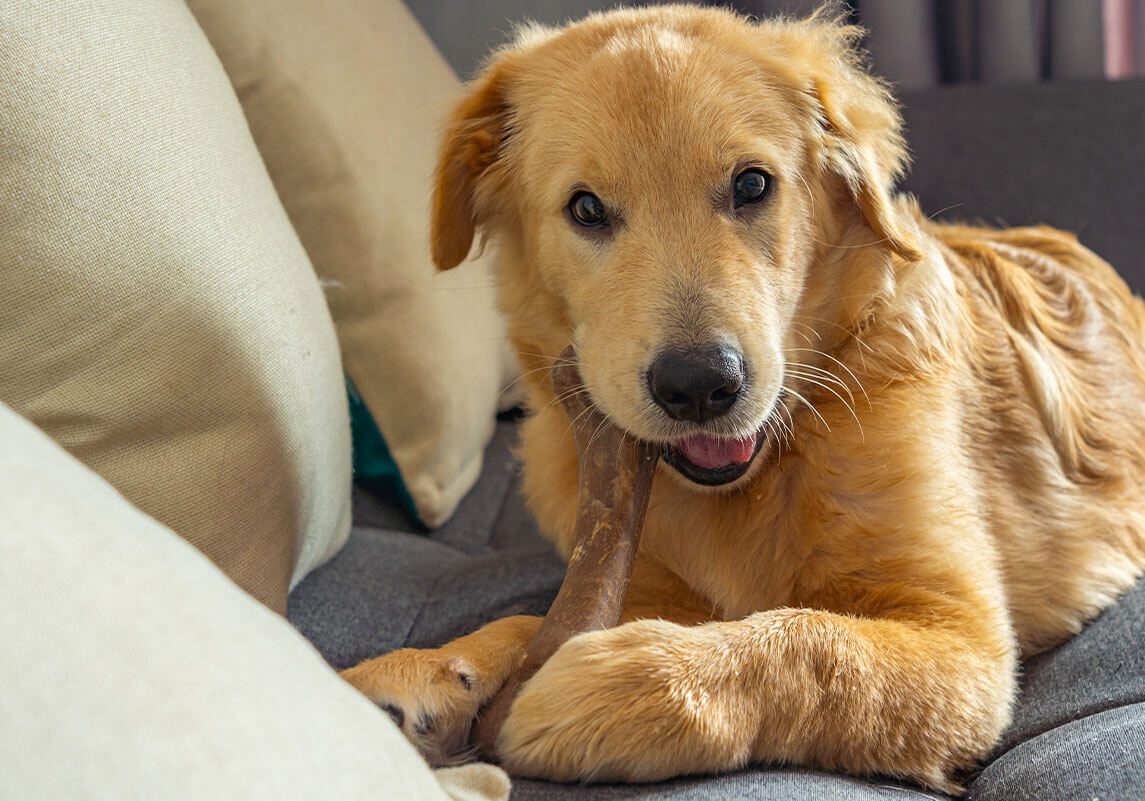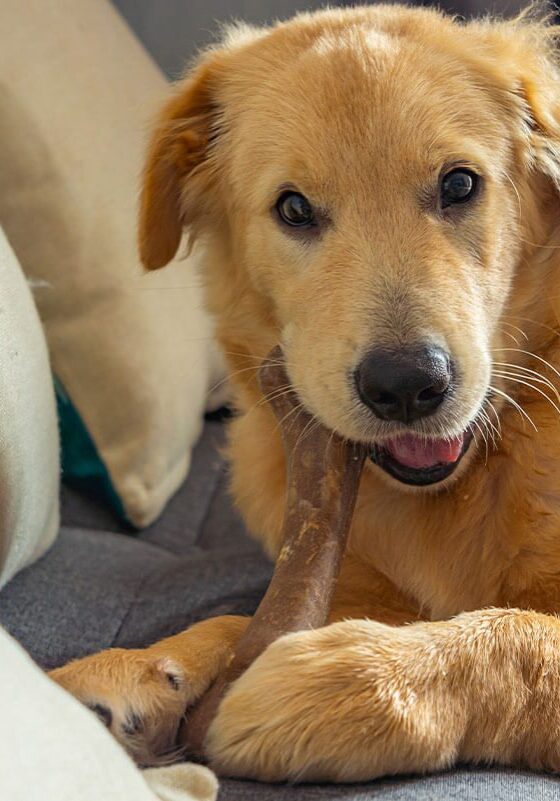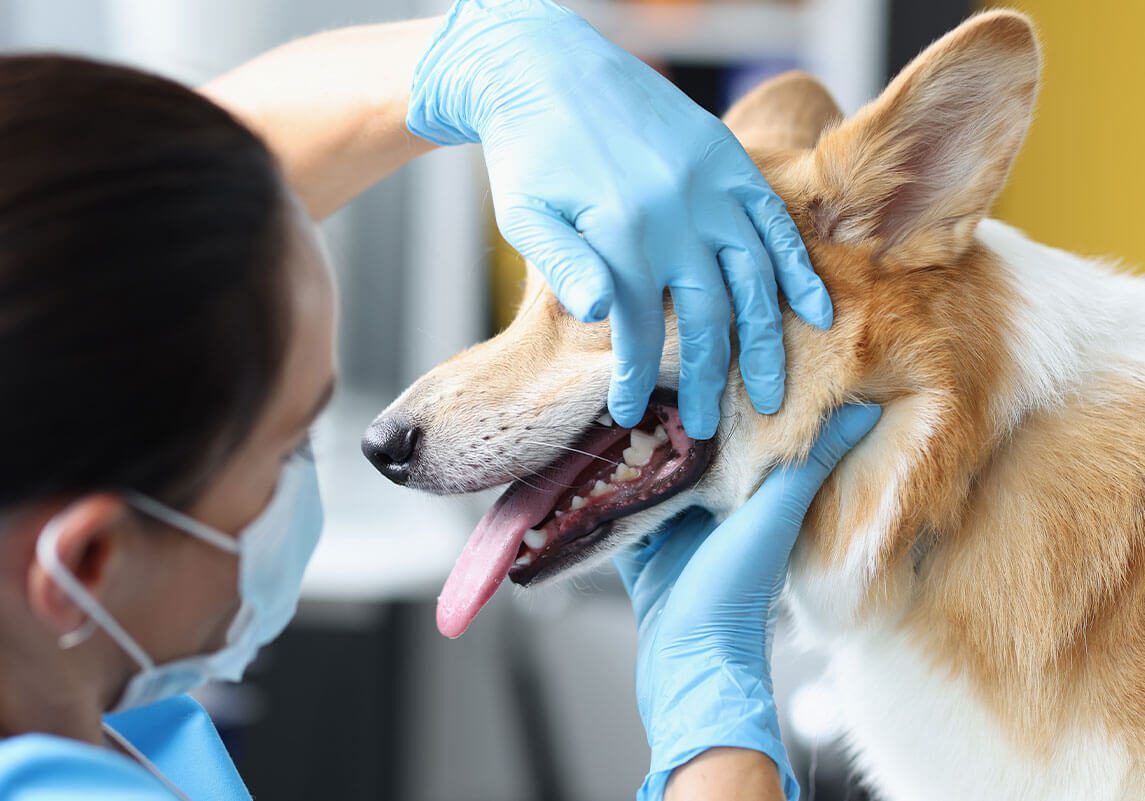Professional Dog and Cat Teeth Cleaning Services in Piqua, OH
Did you know that your pet likely has some degree of dental disease? Almost all pets—up to 90%—have dental disease by age 2, and some pets can develop oral health issues much younger!
Fortunately, our Cornerstone Veterinary Clinic team in Piqua, OH loves nothing more than tackling tough tartar and sticky plaque to give your pet a sparkling smile, fresh breath, and a healthy mouth. Through regular pet dental care, like professional teeth cleanings and oral exams, we can help your four-legged friend achieve optimal oral and overall health.
If your pet hasn’t had a recent oral exam or teeth cleaning, now’s the time. Schedule an appointment with our team today so we can preserve your pet’s pearly whites!
Call Us! (937) 773-8060
How Dental Disease Affects Your Pet's Health and Comfort
Dental disease, or periodontal disease, is one of the most common issues faced by dogs and cats. It starts with plaque buildup on the teeth, which hardens into tartar and leads to gum inflammation and infection. If left untreated, this infection can spread beyond the mouth, impacting your pet’s heart, kidneys, and liver. Over time, untreated dental disease can cause chronic pain, tooth loss, difficulty eating, and a reduced quality of life. The discomfort that comes from inflamed gums or abscessed teeth can be hard for pets to express, so it’s vital to take proactive steps to safeguard their oral health.
Schedule Your Pet's Dental Care Today
Preventing dental disease not only helps keep your pet’s teeth and gums healthy but also improves their overall well-being. At Cornerstone Veterinary Clinic, our team is committed to providing expert dental care that can give your pet a healthier, more comfortable life. Together, we can ensure your pet's smile stays bright and pain-free for years to come!
Call Us! (937) 773-8060




